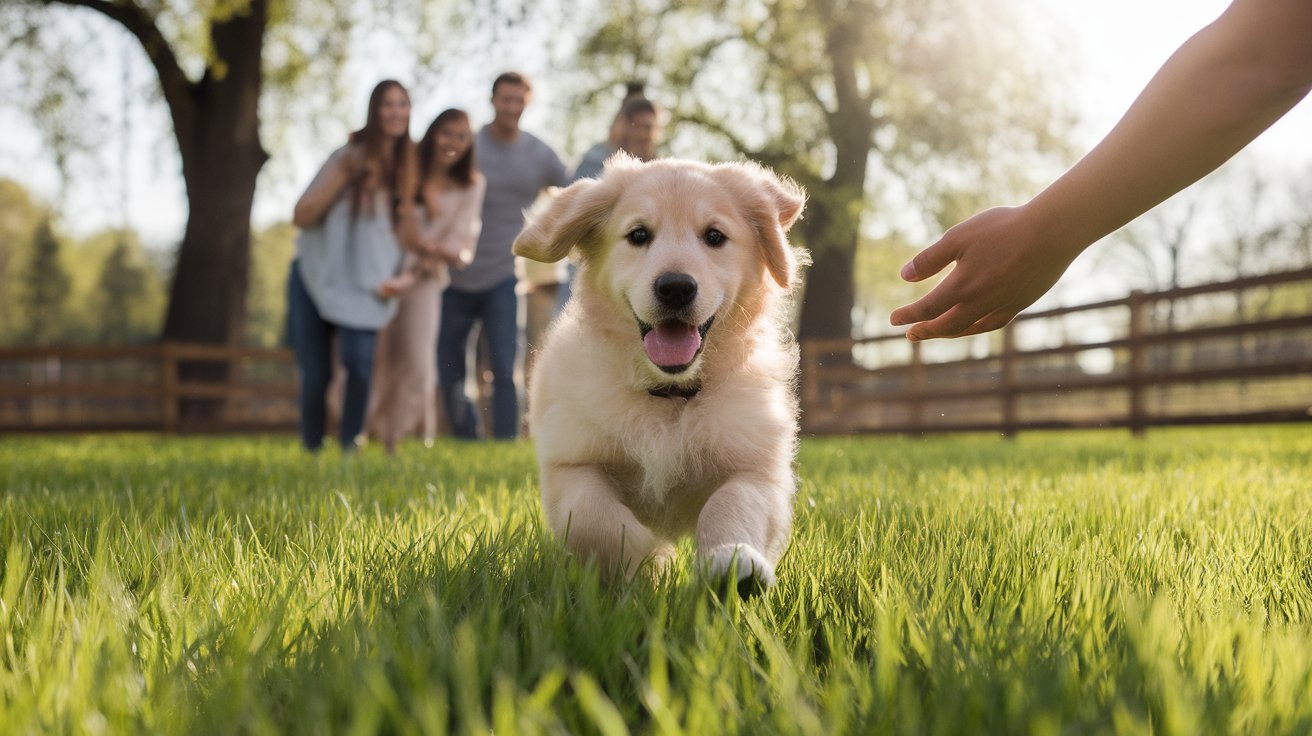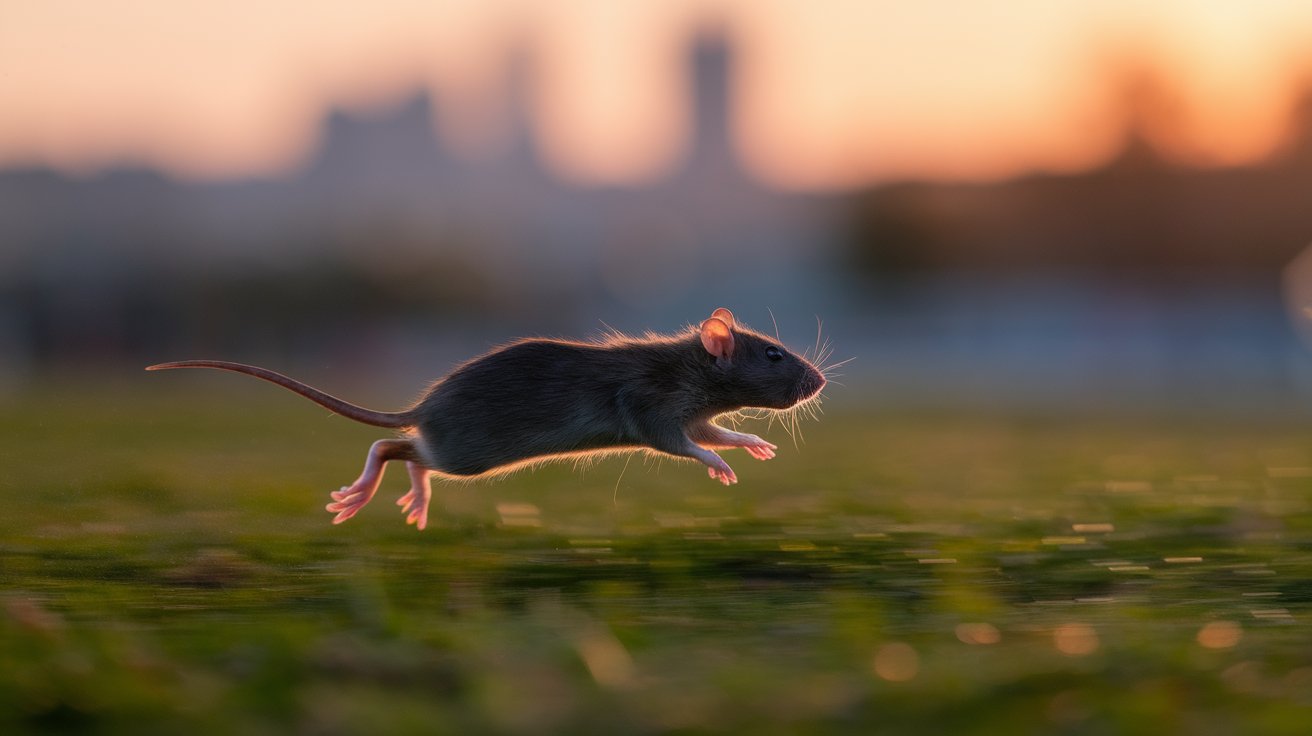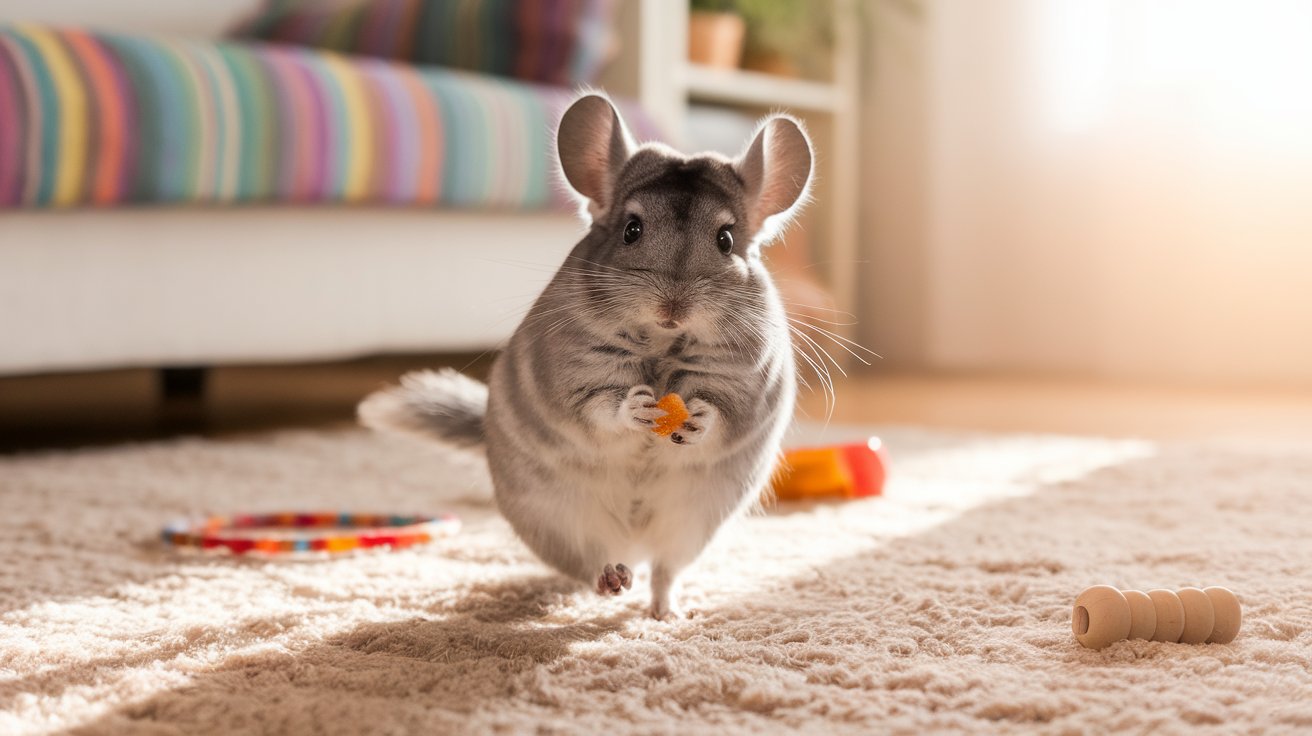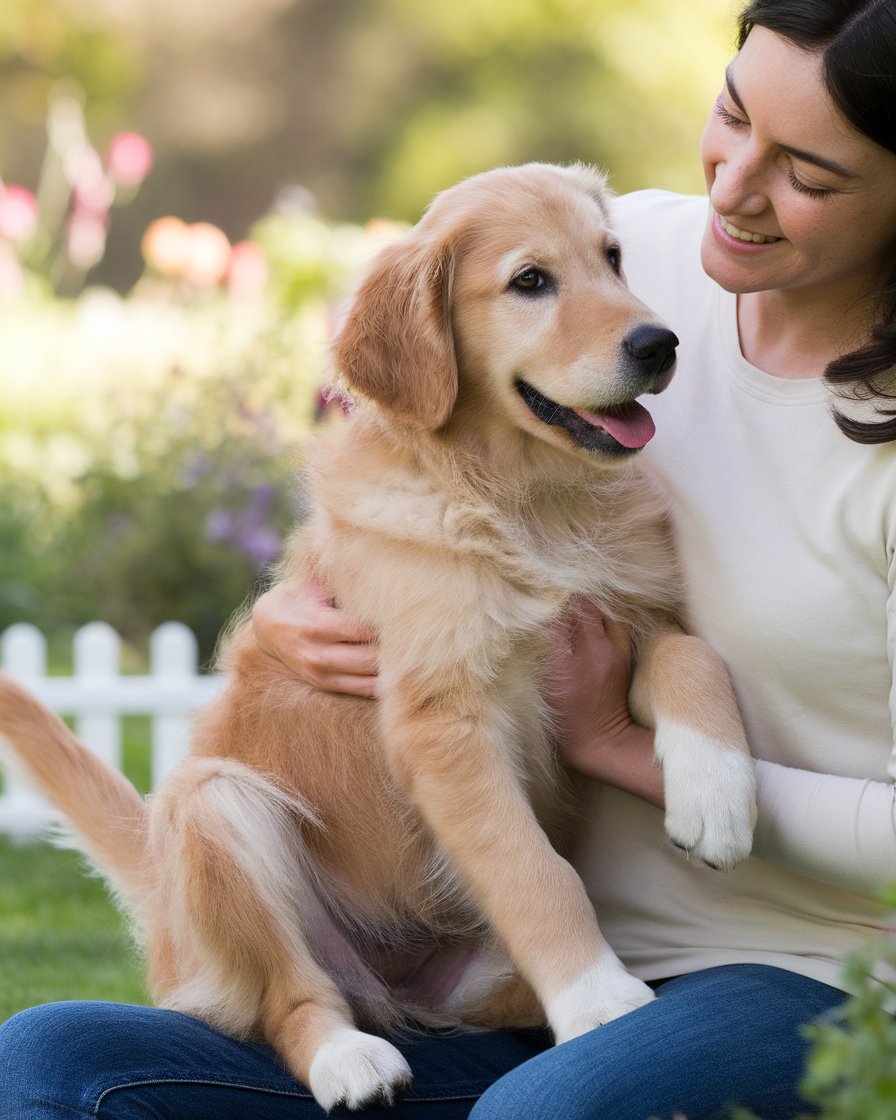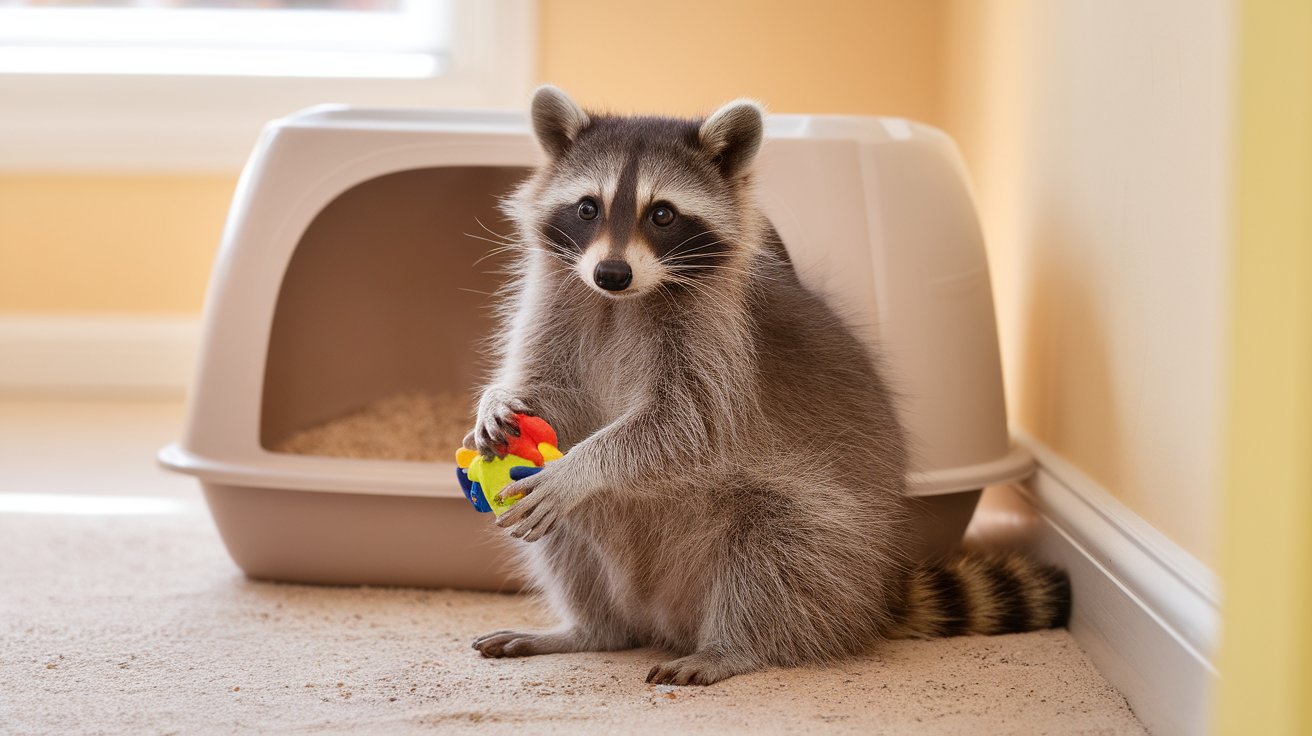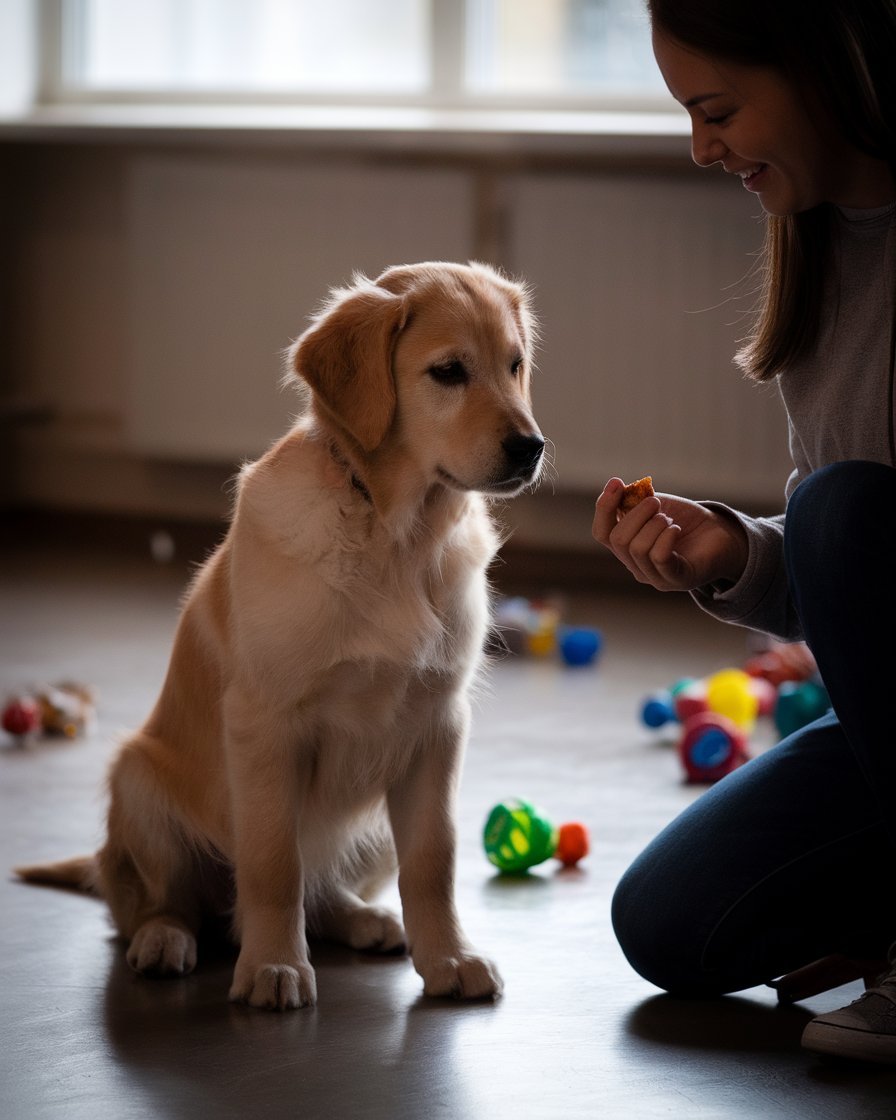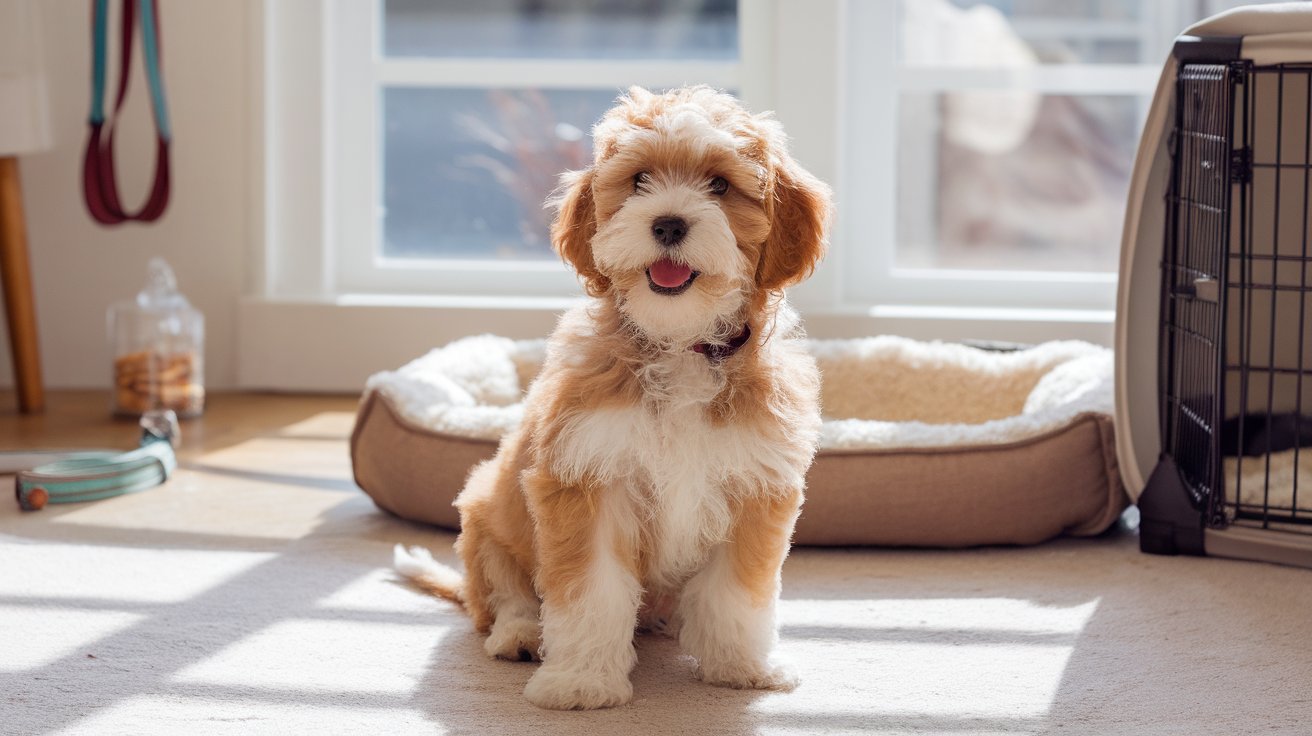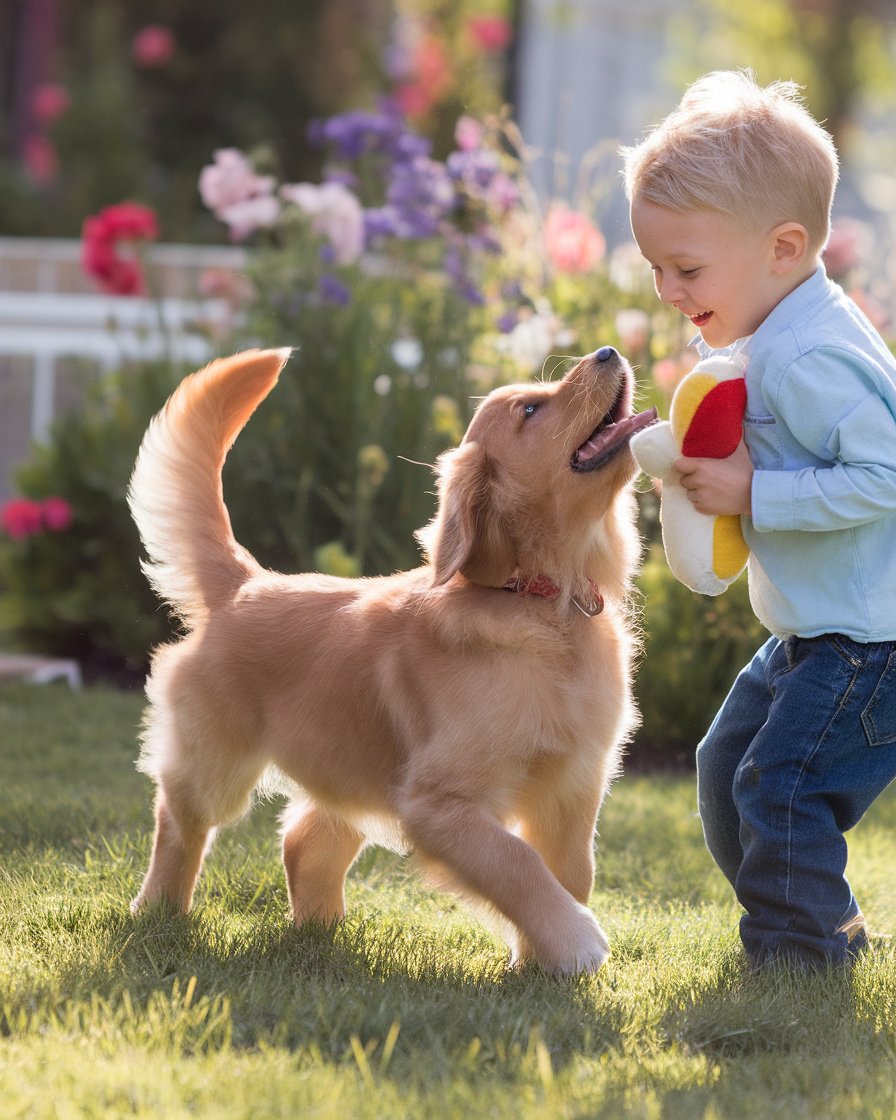Introduction
Puppies, like people, experience emotional growth during their early stages of life. As puppies grow, they begin forming bonds and learning to trust through interactions with humans and other animals. This process of emotional development helps them understand affection, making them more likely to enjoy cuddling and snuggling as they age. Some puppies naturally like to cuddle, while others may take more time to warm up, depending on their personality or past experiences. Understanding the reasons why your puppy may or may not be affectionate can help strengthen your bond over time.
A new puppy might not immediately show affection, especially if they are still adjusting to their new environment. Sometimes, a puppy doesn’t want to cuddle right away due to shyness or fear. It’s important to give them time and use gentle encouragement to help them become more comfortable. As your puppy grows and starts to become more independent, they may learn to enjoy affection more freely.
Key Takeaways
-
Puppies develop emotional bonds through early interactions with humans and other animals, shaping their future affectionate behavior.
-
Socialization during the early weeks of a puppy’s life plays a key role in fostering confidence and encouraging affectionate behaviors like cuddling.
-
Puppies reach emotional milestones between three to five months, where they may become more independent but still show signs of affection.
-
A loving environment provided by breeders and families helps puppies become more comfortable with physical touch and affectionate behavior.
-
Puppies raised with early human interaction are more likely to bond quickly and show affection toward their new owners.
-
Some puppies may struggle with affection due to breed tendencies, lack of socialization, or past negative experiences, but with patience, they can overcome these challenges.
Emotional Development of Puppies
Puppies, like humans, undergo significant emotional development in their early weeks and months of life. During this period, they learn how to interact with the world around them, forming critical bonds that shape their behavior and personality. From birth to several months old, puppies begin to understand affection, warmth, and trust through interactions with their littermates and humans. This bonding helps establish a strong emotional foundation that carries into adulthood. Socialization is key during these weeks, as puppies who are exposed to positive interactions are more likely to become affectionate with age and enjoy snuggling as they grow. Learning to cuddle and bond during puppyhood is a natural part of emotional development.
When Do Puppies Become Affectionate: Cuddly Golden Retrievers
1. Early Socialization is Crucial Golden Retrievers begin forming emotional bonds as early as two weeks old through interactions with their littermates and humans. Early socialization, especially before eight weeks, helps them develop confidence and trust. Exposing Golden Retriever puppies to positive experiences early on, such as gentle handling and meeting new people, makes them more likely to become affectionate and cuddly as they grow.
2. Affection Develops Around 8-12 Weeks At around eight to twelve weeks, Golden Retrievers start developing stronger bonds with their new families. This is a critical time when puppies are more receptive to affection and physical contact. Proper socialization and positive reinforcement during this period encourage the puppy to enjoy snuggling and cuddling with family members. Consistent positive interactions help establish a foundation for a lifelong affectionate relationship.
3. Key Emotional Milestones Between 3-5 Months Golden Retrievers reach emotional milestones between three to five months old. At this stage, they may become more independent but still crave affection from their families. This is when they begin to express love through physical gestures like tail wagging, licking, and leaning into their owners for cuddles. Reinforcing these behaviors through playtime and rewards encourages the puppy to continue being affectionate as they mature.
4. Building a Routine Helps Foster Affection Golden Retrievers thrive on routine, and building a consistent schedule for feeding, playtime, and cuddling helps reinforce their emotional connection to their family. Integrating regular bonding time into your daily routine allows your Golden Retriever puppy to feel secure, and over time, they will naturally seek out affection more often. This structure fosters their desire to cuddle and show affection as they grow into adults.
5. Encouraging Cuddling through Positive Reinforcement Positive reinforcement is key to nurturing a Golden Retriever’s affection. Puppies respond well to rewards like treats, praise, and attention when they display affectionate behavior. Encouraging cuddling and physical closeness during playtime and training sessions will help the puppy associate snuggling with positive experiences, which enhances their desire for physical affection over time.
6. Understanding Breed Tendencies Golden Retrievers are known for being a breed that loves to snuggle and is naturally affectionate. However, individual personality traits and early life experiences can still play a role in how quickly a puppy becomes cuddly. By providing a loving environment and meeting the puppy’s emotional needs, most Golden Retrievers will grow into affectionate companions that enjoy cuddling.
Socialization and Bonding
Socialization is an essential part of a puppy’s emotional growth. Early exposure to various people, animals, and environments helps them build confidence and reduce fear. By engaging in these experiences, puppies develop positive associations with physical contact, which fosters affection. At around eight weeks old, puppies begin to form lasting bonds with their new families, making them more likely to cuddle and show affection. This is especially true for breeds known for their affectionate nature, like golden retrievers, which enjoy snuggling with their owners. Proper socialization can help your dog learn to enjoy affection, strengthening the bond between you and your puppy.
Emotional Milestones in Puppies
Puppies reach key emotional milestones around three to five months of age. This is when they become more independent yet still seek affection from their owners. They start wagging their tails, licking, and cuddling to express affection, reinforcing the emotional connection they’ve built. It’s important to continue fostering these positive interactions, as they play a role in helping your puppy become more affectionate with age. However, some dogs may become less cuddly over time due to individual life experiences or breed tendencies. Understanding these emotional milestones can help you nurture a healthy bond with your puppy as they grow.
Bonding with Breeders and Families
The early relationships puppies form with their breeders and families lay the foundation for their future emotional and social development. Puppies that are nurtured in a loving environment from birth experience frequent human interaction, which helps them develop social skills and a sense of security. This positive exposure to affection and care allows puppies to become more comfortable with human touch, making them more likely to cuddle and bond with their new families. Puppies raised in a warm, loving environment tend to show fewer signs of anxiety or fear and grow up to be affectionate companions. This bond-building process with both breeders and families is crucial for helping puppies learn to trust and feel safe.
Case Study: The Impact of Early Breeder Bonding on Golden Retrievers’ Affectionate Nature
A 2019 study conducted by the University of California, Davis, examined the emotional development of Golden Retriever puppies raised in different environments. The research found that Golden Retrievers who were raised in family-oriented breeder environments, with frequent human interaction from birth, were more likely to exhibit affectionate behaviors as adults. These puppies demonstrated a stronger bond with their new families and showed less anxiety when introduced to new surroundings. In contrast, puppies raised in more isolated or less nurturing environments, such as large-scale commercial breeders, showed a delayed emotional response to new owners and exhibited more signs of fear and hesitance. This study underscores the importance of early socialization and positive human contact during the critical early weeks of a puppy’s life. It highlights that Golden Retrievers, when nurtured with affection from birth, are more likely to develop into cuddly, affectionate companions in adulthood.
Impact of Breeder Bonding
A strong bond with a breeder plays a vital role in a puppy’s ability to form healthy emotional connections. Puppies raised in family-oriented environments, rather than commercial puppy farms, receive more human interaction and are exposed to physical affection early on. These positive experiences help the puppy become more affectionate and social as they grow. As they start forming connections, they are more likely to seek out cuddles and snuggles from their new owners, reinforcing the emotional foundation laid by the breeder. This early bonding experience is essential in helping a puppy feel secure, reducing their chances of becoming fearful or aloof as they mature.
Heartwarming Bonding Stories
Stories of deep connections between puppies and their families often highlight the lasting emotional bonds these pets form. For example, there’s the tale of a Dobermann that remembered its childhood owner even after being separated for three years, illustrating the strength of the bonds these animals can develop. These heartwarming moments reveal how the bonding process between puppies and humans can leave a lasting imprint on both. Families that invest time in snuggling and cuddling with their puppies often find that these pets become incredibly affectionate, forming lifelong connections that bring joy and warmth to their homes.
Challenges in Affection
While many puppies are naturally affectionate, others may struggle to show warmth or enjoy physical contact. This can be due to various factors, including their breed, past experiences, or lack of socialization during their early weeks. Some puppies may grow up to become more independent, showing a preference for space rather than snuggling. Additionally, puppies that have had negative experiences with humans or were separated from their litter too early might exhibit a more reserved demeanor. Understanding these challenges is essential for owners who want to help their puppies become more affectionate. By being patient and observant, owners can help their pets overcome these obstacles and develop a closer bond.
Reasons for Lack of Cuddliness
There are several reasons why a puppy may not enjoy cuddling as much as others. Some breeds are naturally more independent and aloof, making them less inclined to seek out physical affection. In other cases, a puppy’s early experiences with humans can impact their willingness to bond. Puppies that didn’t receive proper socialization or had negative interactions with people may become fearful or hesitant to cuddle. Furthermore, puppies that were separated from their littermates prematurely might struggle with learning how to engage in affectionate behavior. These factors all play a role in why some puppies aren’t as eager to snuggle as others.
Addressing Puppy Affection Issues
If your puppy seems hesitant to cuddle, there are ways to encourage them to become more affectionate. Spending quality time with your puppy through play, training, and gentle handling helps build trust and positive associations with physical contact. Patience is essential, as it may take time for your puppy to feel comfortable enough to show affection. Creating a calm and comfortable environment where your puppy feels safe will encourage them to bond with you over time. Professional dog trainers also recommend using positive reinforcement to reward signs of affection, helping your puppy associate cuddles with pleasant experiences.
“Animals are such agreeable friends—they ask no questions; they pass no criticisms.” – George Eliot
Fostering Affectionate Behavior
Fostering affectionate behavior in puppies is a process that takes patience, consistency, and positive reinforcement. Puppies, like humans, learn through experience, and helping them associate affection with positive outcomes encourages them to become more affectionate as they grow. Engaging in consistent training, gentle handling, and routine activities that promote bonding can significantly influence how affectionate your puppy becomes. From cuddles to gentle hugs, creating a loving environment helps puppies develop a natural inclination toward warmth and closeness. Over time, your puppy will become more comfortable with affection, building strong emotional ties with you and your family.
Training for Affection
Training is a key element in encouraging your puppy to become more affectionate. Using positive reinforcement methods such as treats, toys, and verbal praise can strengthen the association between affectionate behavior and rewards. When your puppy cuddles, wags their tail, or seeks physical contact, offering a reward helps reinforce that these actions are positive. Puppies that feel encouraged by their owners are more likely to develop snuggling and cuddling habits. It’s important to start these training sessions early so that your pup learns affection is something enjoyable and rewarding. Over time, this training will help them become more open to affection.
Establishing Trust and Routine
Establishing trust is essential for building a strong bond with your puppy. Puppies that feel secure are more likely to show affection. One of the best ways to develop trust is by creating a consistent routine. Regular feeding, playtime, and training sessions allow your puppy to feel comfortable and understand what to expect each day. Incorporating physical touch during these moments, such as petting or holding your puppy, will help them associate being close to you with feelings of safety and security. Over time, as your puppy becomes more comfortable, they are likely to cuddle and express their affection freely.
Conclusion
In conclusion, fostering affectionate behavior in puppies requires patience, consistency, and understanding of their emotional development. While some puppies become affectionate quickly, others may take time due to personality or past experiences. Encouraging a bond with your puppy through positive reinforcement and regular cuddle sessions can help them grow more comfortable with physical affection as they mature. It’s important to remember that not all puppies will want to cuddle right away, and that’s ok.
If your puppy isn’t naturally cuddly, don’t force them, but instead create an environment where they feel safe and loved. As your puppy is growing, they may start to enjoy snuggling more, especially when they associate it with comfort and security. Understanding the needs of your breed, along with their unique emotional milestones, can help strengthen the bond between you and your puppy, leading to a more affectionate relationship over time.

